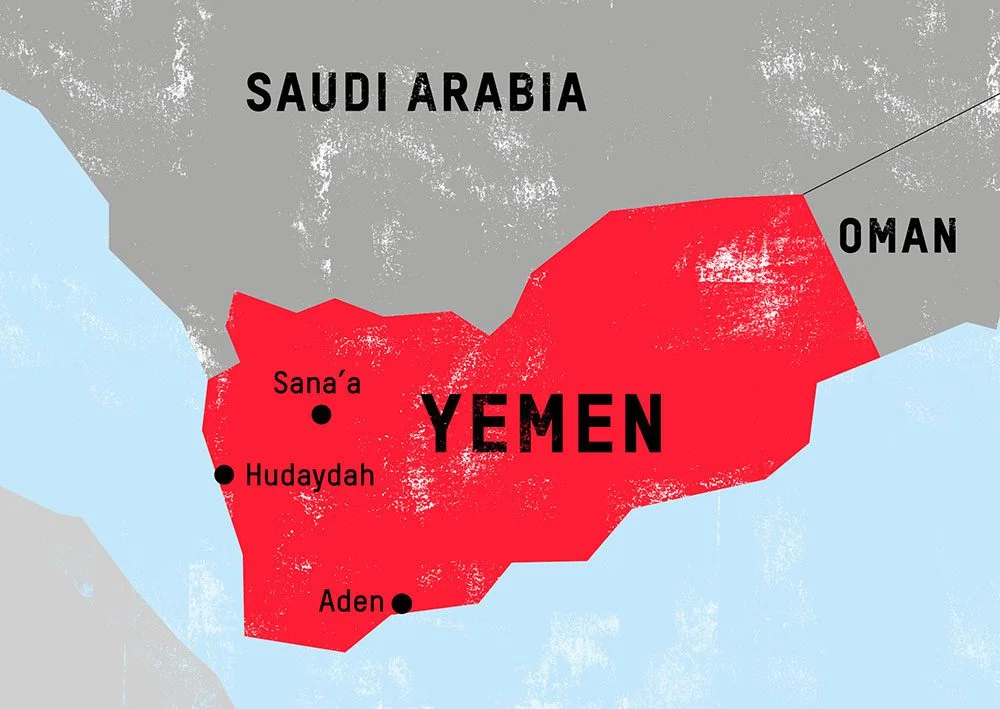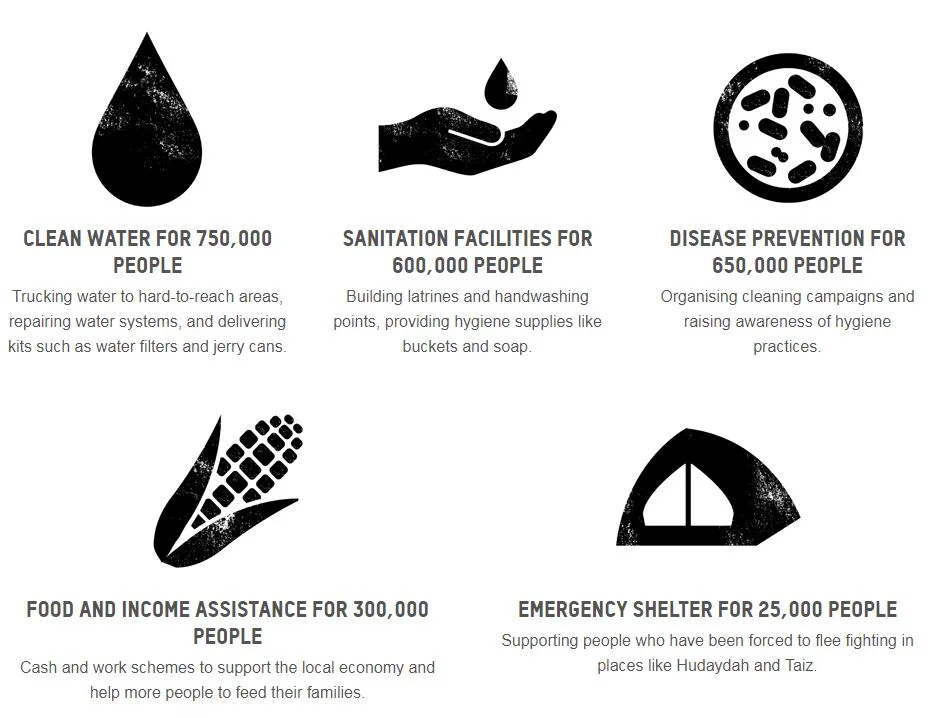Yemen crisis
The situation in Yemen
In Yemen, almost a decade of terrifying conflict has destroyed lives, livelihoods and forced millions of people to flee their homes. As a result, over 24 million people, 80% of the population, depend on aid to survive. Families urgently need your help.
Conditions in makeshift camps are dire. A lack of clean water and toilets make it near impossible to stay safe from disease.
You can help to save lives today. Your donation can provide urgent help and assistance to families facing starvation and conflict in Yemen.

What is Oxfam doing?
Oxfam has been working in Yemen since 1983, and since July of 2015 Oxfam has reached more than 3 million people with clean water, sanitation and help to buy food.
The humanitarian crisis in Yemen remains one of the worst in the world, and while the conflict is making our work incredibly challenging, Oxfam is determined to keep on doing what it takes to support.

